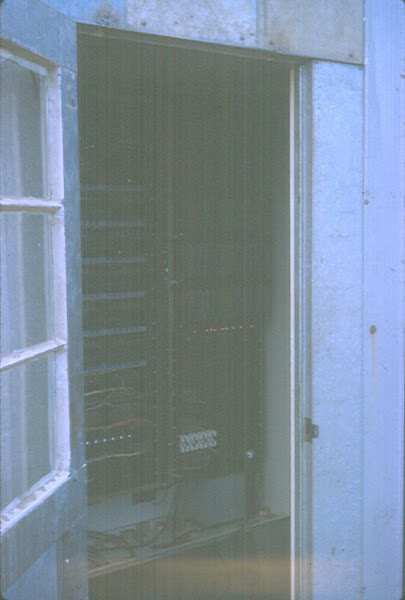Don didn't like his new job, but he had to remain at it for six months, or else we would have to reimburse his employer for the money it cost to move us to Minnesota. So he stuck it out, and we bought a farm. As soon as the six months were over, he started looking for another job, and soon found one.
However, his new job was much further away from where we lived, and he had to spend about two hours a day commuting. We decided to sell our farm and buy a different one, that was closer to his new job. I won't go into the details, but it took a long time, and we ended up buying a house in a suburb of Minneapolis for a few months, and then we bought another farm.
I don't remember the main products of the company where Don went to work when he first started there. However, I remember his crowning achievement there. He designed the world's first "intelligent" terminal for computer systems. Now, all computers were still mainframes. For people to interact with them, aside from using spools of magnetic tape and using line printers for output, the terminals they used were Teletype machines. They had a typewriter keyboard and a printer, but everything was printed in upper case, and they had only a few punctuation marks.
Don designed a new terminal that allowed lower case letters and the punctuation marks that appear on the row of numbers on a keyboard. Don was very proud of his design, because, he told me, every key had four functions. To get a lower-case letter, you simply pressed a key. To get an upper-case letter, you pressed Shift and a key, the same as a typewriter. In addition, they keyboard had a special key that changed the function of a letter key if you pressed and held it while pressing a letter key, and if you pressed the Shift key and the special key and a letter key at the same time, it performed a special function, such as cut or copy or paste. In effect, Don invented the Control key.
At the time, I thought that was much too much for an operator to remember. I couldn't imagine the way future computers would use this facility. However, the new terminals were a huge success. Among other customers, the University of California bought them for all its big computer systems. And they set the pattern for all future computer terminals.
Monday, September 3, 2007
Subscribe to:
Post Comments (Atom)

No comments:
Post a Comment